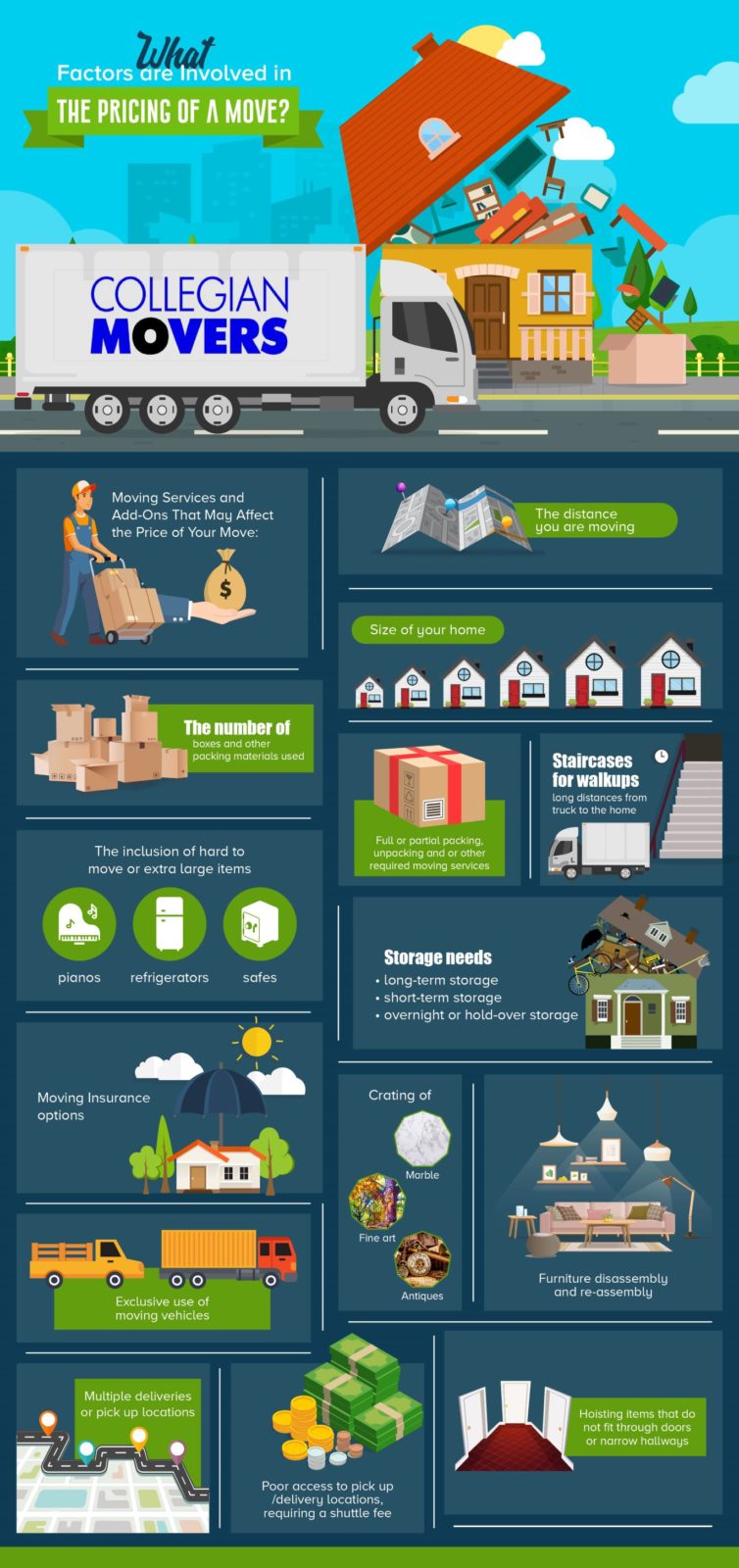Moving between states isn’t just a matter of distance; it involves legal requirements.
We’ll cover everything from preparing furniture for transport to avoiding common mistakes.
Stay with us to discover how to ensure a smooth relocation across state lines.
Understanding the Scope of Interstate Moving
This means only certified and insured companies can legally handle your goods interstate.
For example, some states have agricultural checks, item bans, or specific rules on transporting vehicles.
Most importantly, the logistics are more complex: longer travel times come into play.
How to Select the Right Interstate Moving Company
Look beyond flashy websites and ask for proof of compliance and customer reviews.
Compare not just the price, but also the included services: Does the quote cover packing, loading, unloading, insurance, and delivery timeframes?
Taking time to vet your moving company can save you stress, money, and avoidable delays.
What Determines the Price of an Interstate Move?
Another key factor is the weight or volume of your shipment; heavy or bulky loads increase both transport and handling fees.
For long-distance moves, some companies offer flat rates, while others charge per pound or cubic foot. Make sure you understand the pricing model before signing.
Lastly, access conditions impact costs.

Effective Planning for Moving Between States
Early preparation gives you enough time to handle unexpected challenges calmly.
Inventory management is key.
Pack important documents, medications, chargers, snacks, and a change of clothes in a separate bag you keep with you.
Understanding Your Moving Options
Partial-service movers let you pack your own boxes while they handle transportation and heavy lifting, reducing costs.
This can be more affordable but requires more personal effort.
When comparing services, consider your priorities: Do you value convenience or budget?

Common Mistakes to Avoid in Interstate Moving
Booking early not only secures better pricing but also gives you time to research and prepare properly.
Always verify USDOT numbers, insurance policies, and read contracts carefully before committing.
Using cheap boxes, skipping labels, or failing to protect fragile items increases the risk of breakage.
Budget-Friendly Strategies for Interstate Relocation
Every extra pound adds to the total bill, so sell, donate, or recycle items you no longer need.
Don’t settle for the first estimate; gather at least three and negotiate if possible.
Combining professional help with DIY strategies creates a cost-effective balance that fits your budget and schedule.
Conclusion: Making Your Interstate Move a Success
In summary, a leia mais aqui successful interstate move depends on careful planning, smart budgeting, and choosing the right service providers.
Remember: the best moving experience combines preparation, trusted professionals, and flexibility to handle surprises.
As you get ready to embark on your interstate move, stay organized, communicate clearly with your movers, and keep your goals in sight.
Common Questions on Long-Distance Moves
Are there budget-friendly options for moving out of state?
The cheapest options include renting a moving truck, using a freight trailer, or downsizing your load to reduce weight.
When should I hire movers for a long-distance move?
Last-minute bookings often come with limited availability and higher prices.
What items are movers not allowed to transport across state lines?
Always check with your moving company for a detailed list of prohibited items.
How is interstate moving insurance calculated?
Most interstate movers include basic valuation coverage by law, but it’s minimal.
How do I know where my shipment is?
Staying informed reduces anxiety and helps you plan for delivery day.